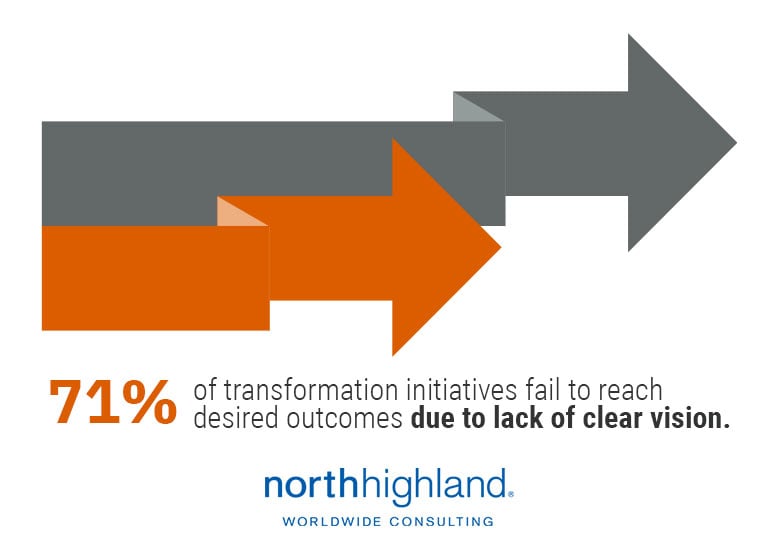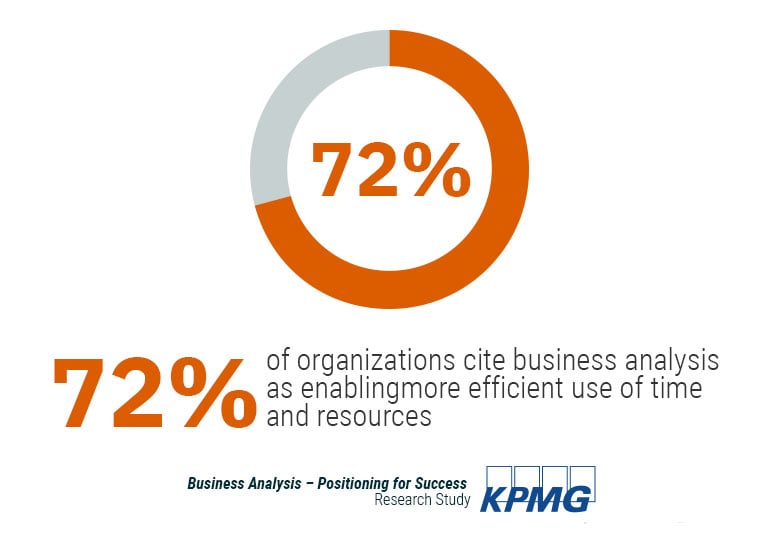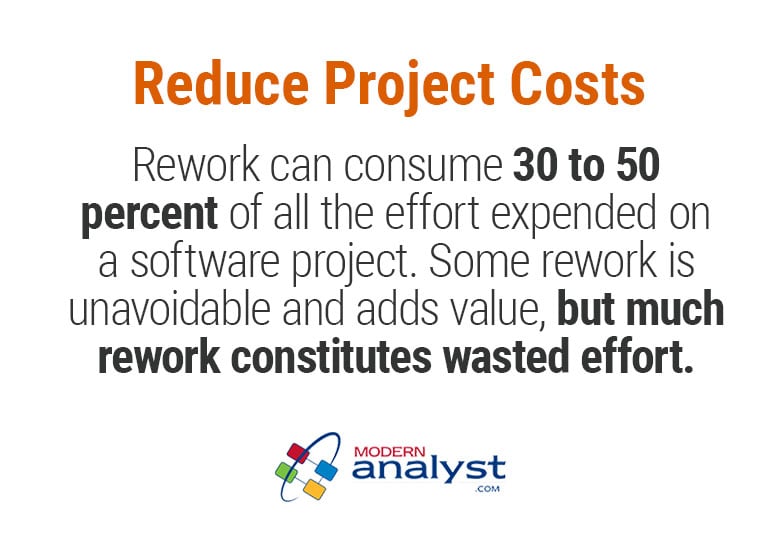Business Analysis Driving Business Success
Driven by the rise of complexity and uncertainty in today’s world, business analysis is key to enabling change that drives project and business success.
Business Analysis Advocacy for your Organization
The Value of Building Business Analysis Capability
International Institute of Business Analysis™ (IIBA®) is dedicated to supporting organizations and business analysis professionals deliver better business outcomes in an ever-changing, fast-paced world. IIBA connects and supports people, businesses, and the global business analysis community in advancing business analysis capabilities for the organizations they work in.
Creating value through business analysis is what business analysis professionals do every day.
Support and resources to help build business analysis capability
We are here to help you get the buy-in. Contact us.
Three resources to help you advocate. Get started.
- Copy and paste this email draft to send to your decision maker.
- Download this Business Case for Business Analysis and attach it to your email.
- Print this overview of the Value of IIBA’s Corporate Program to share with your decision maker.
Direction
Business analysis enables change in an enterprise by defining needs, opportunities and recommending solutions that deliver value to stakeholders. Utilizing analysis is key to understanding current state, defining a clear vision of the future and the path to get there.
Advancing Business Capability Drives Transformational Success

Advance Business Analysis Capability with IIBA’s Corporate Program
We are here to help you get the buy-in. Contact us.

Alignment
A guardian for strategic alignment business analysis helps to see the big picture and get leadership buy-in. From developing the business case to recommending solutions to aligning people and initiatives, it plays a crucial role in aligning the delivered solutions with the needs of the customer.
The Role Business Analysts Play in the Success of Organizations

Advance Business Analysis Capability with IIBA’s Corporate Program
We are here to help you get the buy-in. Contact us.

Execution
Designing solutions and validating requirements to ensure project objectives are met are all part of the planning and delivery process that could mean the difference between a successful initiative and a failed one. From business case to implementation the role of business analysis has moved from a focus on detailed requirements to making a difference to an organizations ability to execute on strategies.
Maturing business analysis into a vibrant capability with consistent execution

Strategy to Execution Framework

Roadmap for Successful Business Transformation
A companion to A Guide to the Business Analysis Body of Knowledge® (BABOK® Guide) the Strategy to Execution Framework will help those engaged with strategic business analysis to work more effectively with the business to create the strategies and elements that guide the business in moving from strategy to execution.
Advance Business Analysis Capability with IIBA’s Corporate Program
We are here to help you get the buy-in. Contact us.
Results
Business analysis creates value by increasing a team’s efficiency in projects, by clarifying scope with and advocating for business stakeholders and the customer. By defining scope, ensuring confidence in the totality of the elicited requirements the projects stay on schedule and within budget. Ultimately, the work that is being done is the work that will satisfy the needs of the customer and project.
Below are four specific examples of the business analysis value proposition and operating efficiencies with typical financial savings experienced regularly by organizations who have built business analysis capability.
Disclaimer: These examples are brief descriptions of typical situations and do not describe or breach confidentiality of any company. Provided by Barbara Carkenord, Carkenord Consulting and Heather Mylan-Mains, BAs Without Borders.
Most organizations buy or license software applications to provide automation support for business processes which are well understood, follow industry standards, and are not part of your core business. Examples include accounting, payroll, billing, and office automation functions like word processing, spreadsheets, and email. Buying or licensing these applications is much more cost effective than building and maintaining software internally. But not all applications will meet all needs or meet them well. We frequently work with clients who recognize they need an application, hear about one and set up a demo with a vendor. Unfortunately, they often do not analyze their unique needs before selecting a package. Many times, projects to implement vendor solutions are initiated without including a business analyst.
Choosing the wrong package results in thousands, if not millions, of dollars of lost productivity for IT and business resources trying to implement a solution that doesn’t meet the business need.
An experienced business analyst will first understand the current business processes and ask business experts for a list of needs rather than starting with slick, marketing descriptions of features available in a particular package. Choosing the right package and the right set of features, saves your organization thousands of dollars up front, and more importantly, ongoing support costs for the life of the application.
Typical cost: $11,000 (2 months (420 hours) of business analysis work at annual salary $100k)
Minimum savings: $100,000-200,000 (avoid costly conversions, loss of data, and manual workarounds)
Payback: $89,000-189,000 in the first year for one application!
In organizations which build products or services for their customers, setting the right price for the product or service and creating a fair contract determines the profit margin of each transaction. If a customers’ needs are not well understood when the contract is signed, companies often end up spending significantly more money than planned to satisfy the customer. This unexpected cost cuts into profits and may even turn a seemingly lucrative deal into a net loss. Business development and sales professionals are anxious to close the deal and often underestimate unique customer needs which might push costs higher than expected.
Having an experienced business analyst involved in contract details, which are customer requirements, improves the understanding of customer expectations and allows for more accurate contract negotiations. Almost every conversation between a business analyst and a customer representative reveals a detailed requirement which will clarify a specific customer request. Knowing as many of these details as possible, before, the contract is signed increases the profit potential. Sales professionals may be hesitant to allow these detailed conversations before the deal is done, fearing too much information might jeopardize the agreement. Rather, most of your customers will feel better about your company and your agreement if an analyst takes the time to really understand their needs. Rushing to get a contract signed, often leaves the impression you are more interested in getting the deal than in fulfilling the needs. In addition, having your business development professionals listen to and watch a business analyst ask detailed questions and listen carefully to customer needs, will make them better salespeople on future contracts.
Involving a business analyst in the vendor selection process will set the vendor up for success to provide the right solution and price the contract according to what is needed. It is also important for the business analyst to help ensure the contract includes the features needed so that the solution includes
what the business expects. Salespeople have the best intentions, but without analysis details can be missed.
Typical cost: $5000 (2 weeks (80 hours) of business analysis work at an annual salary $100K)
Minimum savings: 4-6 significant requirements missed during sales process
Payback: $35,000-55,000 per requirement (average price $10K per requirement)
An amazing number of requests from external customers and internal business users to an IT department are not good ideas! But most organizations are hesitant to say no to their customers and users. Ask any of your employees if they have ever worked on a project which didn’t make good business sense, and they will all be able to tell you too many stories. Business analysts are focused on customer service and helping find better ways for processes to be completed. They love to recommend changes and identify new efficiencies. However, they are also very good at identifying bad ideas. The more experienced a BA, the more quickly they can intuitively identify an idea or request which would not be worth completing. And the great skill of business analysis is the careful, clear explanation to the requestor of why the idea should not be pursued. Every project involves hundreds of conversations with hundreds of ideas, requests, and suggestions from users, technical people, managers. Most of these ideas are not feasible or cost justified. BAs routinely assess these suggestions, do research and analysis as necessary, and explain why the idea should not be recommended. Business Analysts have the viewpoint to assess a request in context of the whole organization, not just the requesting department.
Alternately, a bad idea could lead to a great idea if an analyst is given the time to brainstorm and collaborate with stakeholders across the organizations. A no could be a “Yes there is a problem, and we should talk about how to address this”. This requires elicitation and facilitation skills with a focus on the context of solving a problem. It is impossible to measure the savings you experience from these day-to-day actions, but ask your Project Managers to describe the way their business analysts lead polite, fact-based conversations with stakeholders, helping them see how some of their requests don’t make good business sense.
Typical IT request for a change to existing software: $40,000
Number of changes (politely) rejected by business analysts: 4/month
Savings: $160,000/month
Everyone has too many things to do and too little time to complete them. Few people in our organizations are focused on one task at a time. We have a culture of overcommitment and expectations that we do more with less rather than doing less and getting more done. And although we know that human beings really cannot multitask, we continue to add more work onto people who are already overwhelmed. Working on too many different things at the same time is inefficient because we are constantly task switching. Organizations fall into this trap all too often. Teams and departments are trying to work on several different projects or initiatives at the same time and each one only gets limited attention, and nothing gets done.
Senior level business analysts are very good at helping people prioritize and focus on the most valuable work. They do this by continually asking about value and choices.
- What is the value you will receive when we finish Project A?
- Is that value more important than Project B?
- Which project has the highest risk?
- How are these projects dependent on each other?
- What is the cost benefit to implementing this feature?
- Will my customer pay this?
- Will this differentiate us in the market?
- Is this a nice to have or a need to have?
The International Institute of Business Analysis (IIBA) calls this work Strategy Analysis: analyzing an organization (company, department, or operating unit) to help focus its work on a few key initiatives and get them done. Small business owners do this naturally because they are always focused on cash flow, payback, and building value and stability. Larger companies sometimes lose the intense focus needed to get things done, allowing projects to drag on for several quarters or even years. Successful organizations focus like a laser beam on their core goals and make quantifiable progress towards these goals.

Typical number of projects in process in one department at one time: 10-20
Typical number of projects assigned to employees at the same time: 10-20
Percentage of projects completed within 2 months of initiation: less than 10%
Early delivery of value when a project is completed within 2 months: $20,000
Advance Business Analysis Capability with IIBA’s Corporate Program
We are here to help you get the buy-in. Contact us.

Building Business Analysis Capability is a Good Investment

Support and resources to help build business analysis capability
We are here to help you get the buy-in. Contact us.
Three resources to help you advocate. Get started.
- Copy and paste this email draft to send to your decision maker.
- Download this Business Case for Business Analysis and attach it to your email.
- Print this overview of the Value of IIBA’s Corporate Program to share with your decision maker.